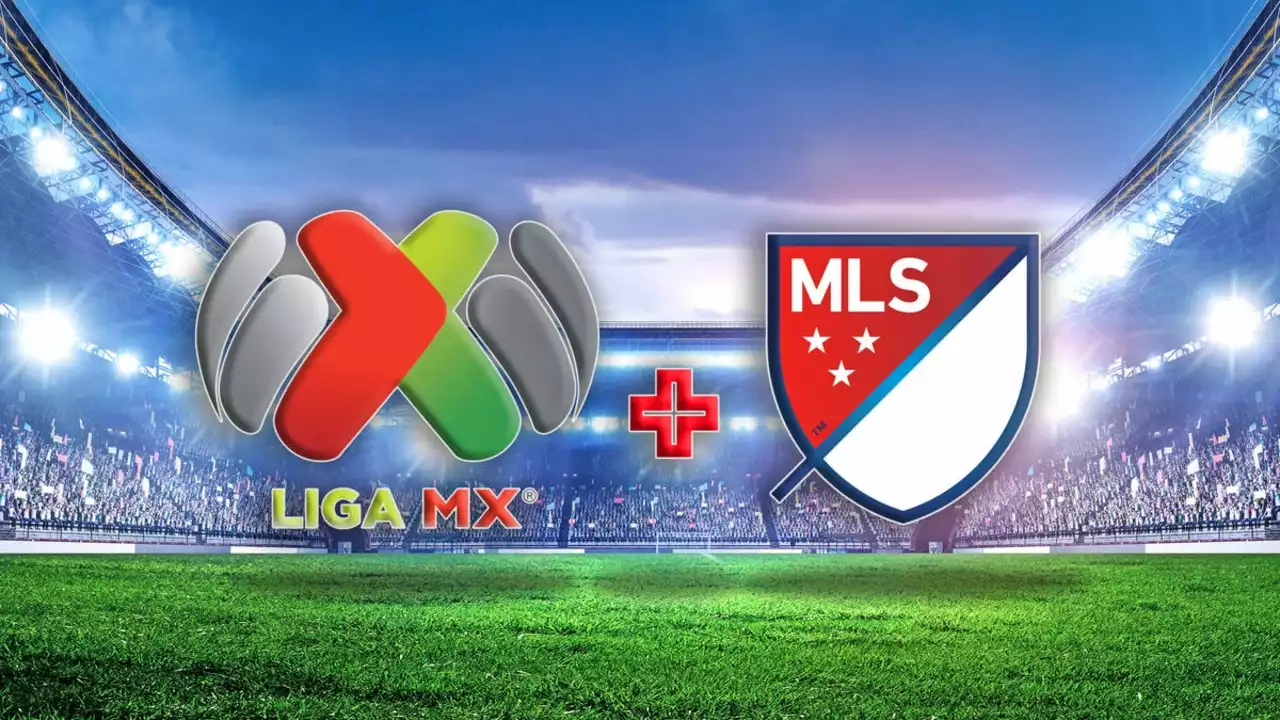American Sports Structure Overview
When looking at American sports structure, the way professional leagues, college competitions, and governing bodies are organized across the United States. Also known as U.S. sports system, it creates a unique blend of franchise ownership, draft mechanisms, and amateur pipelines. The NFL exemplifies the top‑tier professional league model, while the NCAA football illustrates the collegiate feeder that feeds talent into that model. Meanwhile, Major League Baseball shows how a historic league balances tradition with modern revenue sharing. Understanding these pieces helps anyone make sense of why the U.S. sports world works the way it does.
Key Components of the American Sports Structure
First, the franchise model dominates professional leagues. Each team is a private business operating under a collective agreement that sets salary caps, revenue splits, and player contracts. This model fuels intense market competition and gives owners a direct stake in local fan bases. Second, the draft system links the amateur and professional tiers. College athletes, especially in American sports structure, enter drafts where teams pick new talent based on scouting and lottery rules, allowing a relatively even distribution of top players. Third, college athletics—most prominently the NCAA—function as both a talent incubator and a massive entertainment engine, generating its own TV deals and sponsorships. Finally, league governance bodies like the NFL Competition Committee or MLB’s Office of the Commissioner enforce rules, dispute resolutions, and long‑term strategic plans, ensuring the whole ecosystem stays coordinated.
These components don’t exist in isolation. For example, the salary‑cap rule in the NFL directly influences how the draft is valued, because teams must balance rookie contracts against veteran salaries. The NCAA’s eligibility standards affect when and how players can declare for the draft, shaping the talent pipeline. MLB’s luxury‑tax threshold creates a different financial dynamic, encouraging smaller markets to stay competitive without a hard cap. Together, these relationships form a web where league policies, college regulations, and franchise economics constantly interact, creating the distinctive rhythm of American sports seasons.
Below you’ll find a curated mix of articles that dive deeper into each piece of this puzzle. From injury updates in the NFL and surprising cup results in English soccer to debates over international tournaments and technical analyses of player performance, the collection reflects the breadth of topics that sit on top of the American sports structure. Whether you’re curious about how a draft pick’s contract is calculated, why college football draws massive TV audiences, or how governance decisions ripple through every level, the posts ahead provide practical insights and real‑world examples.



